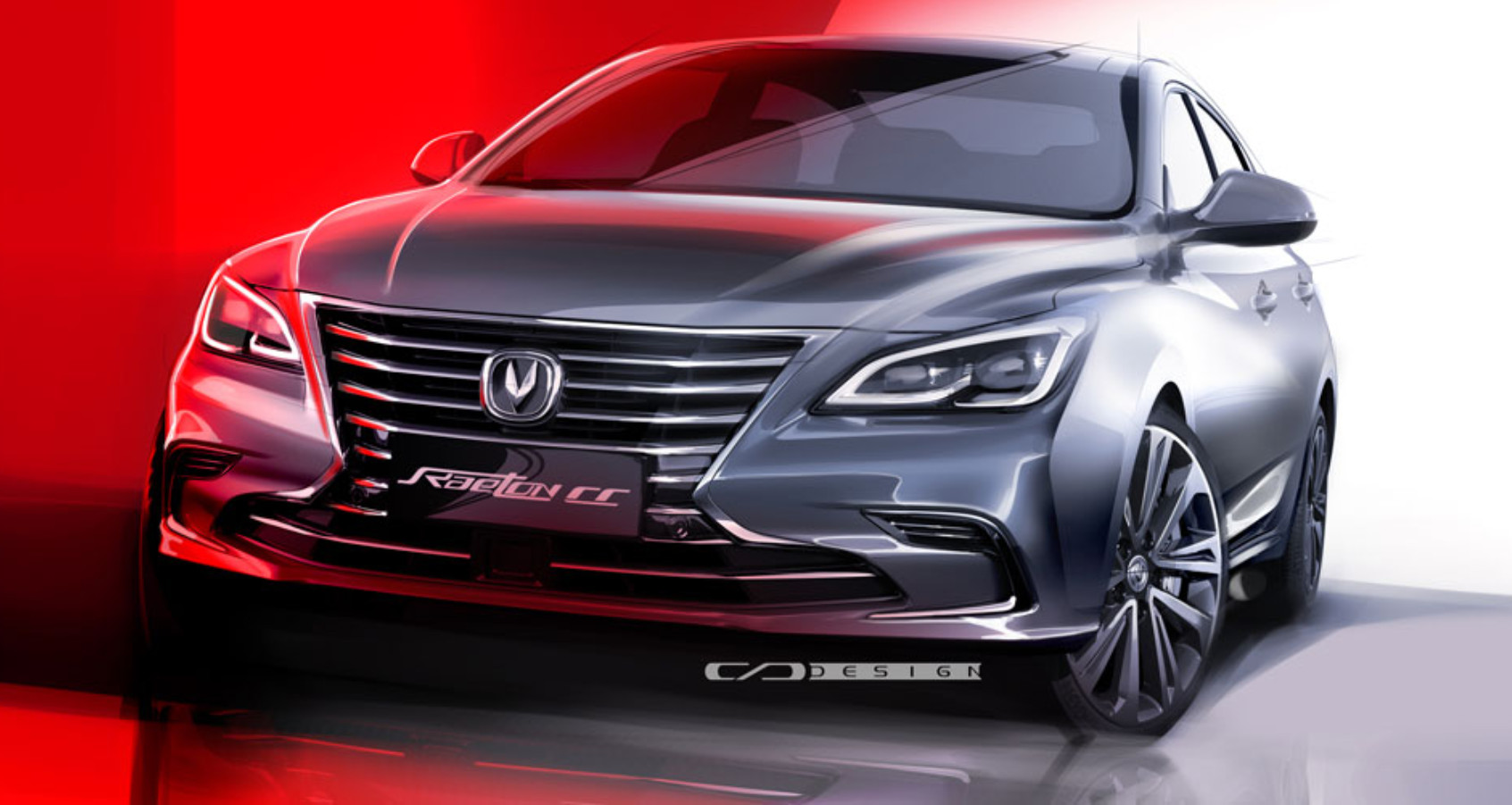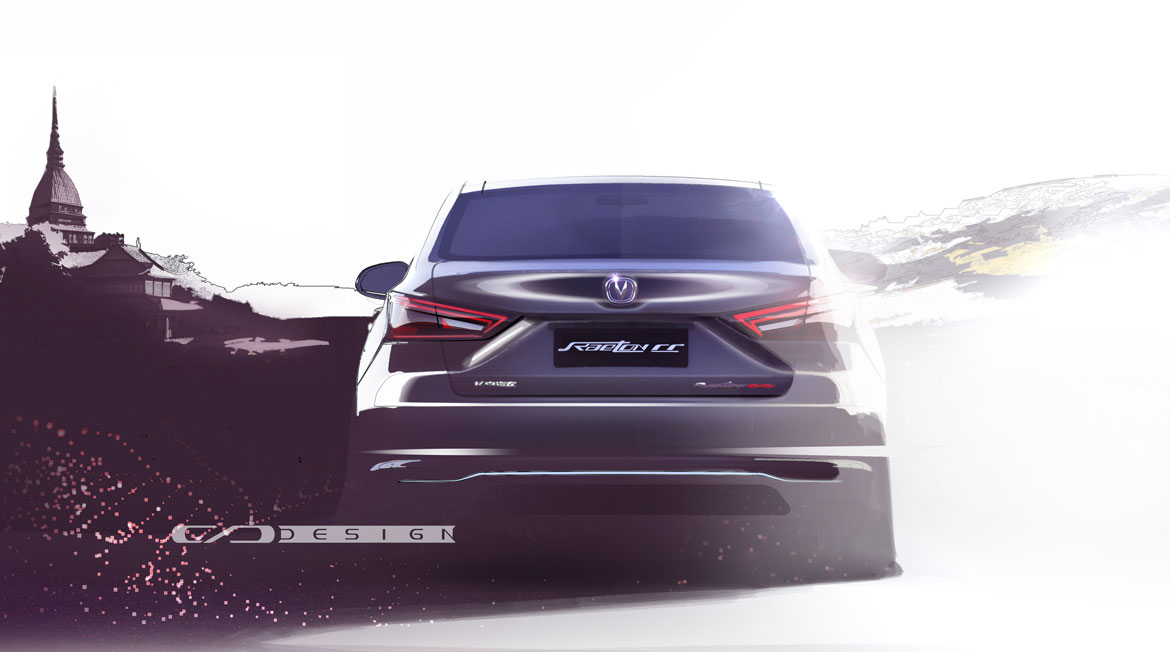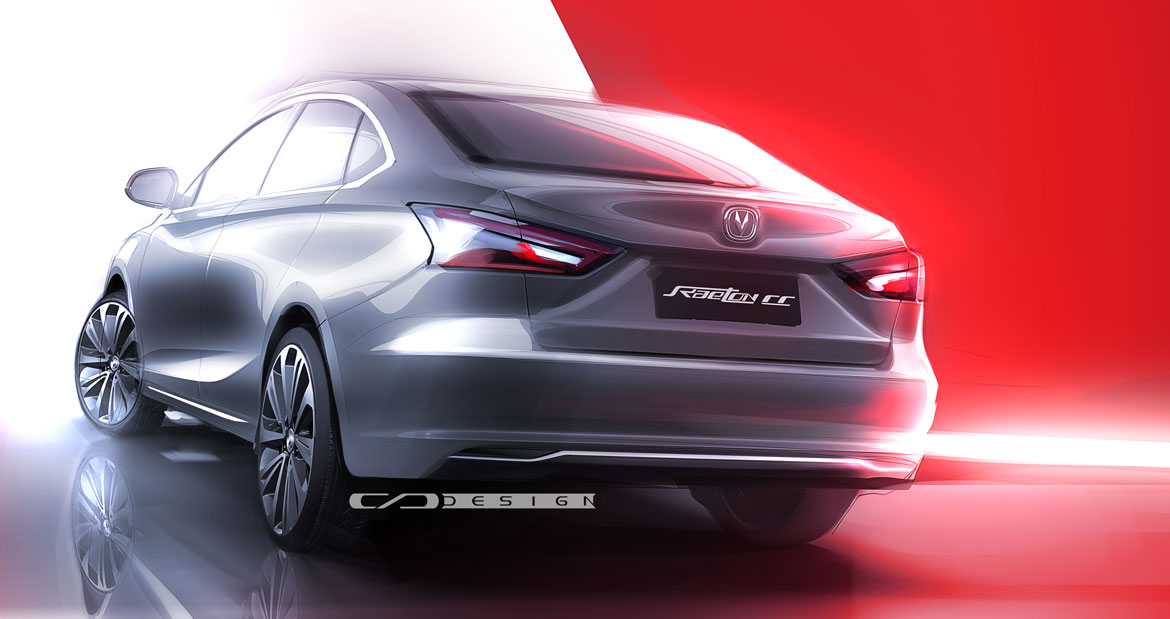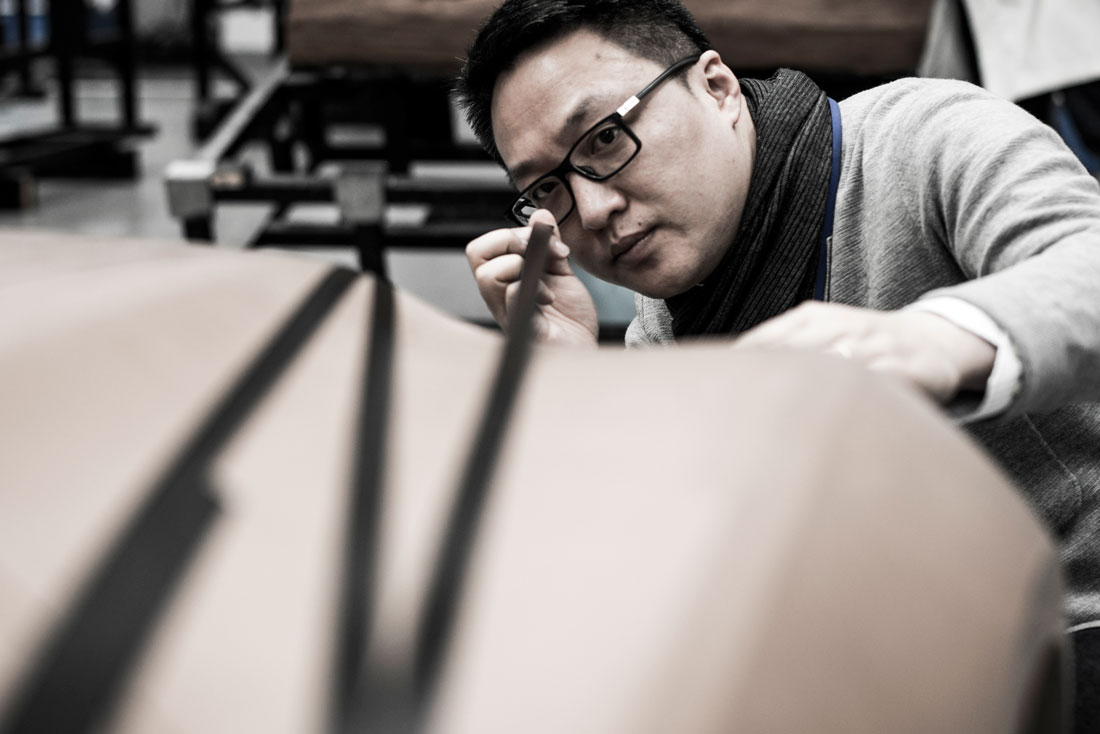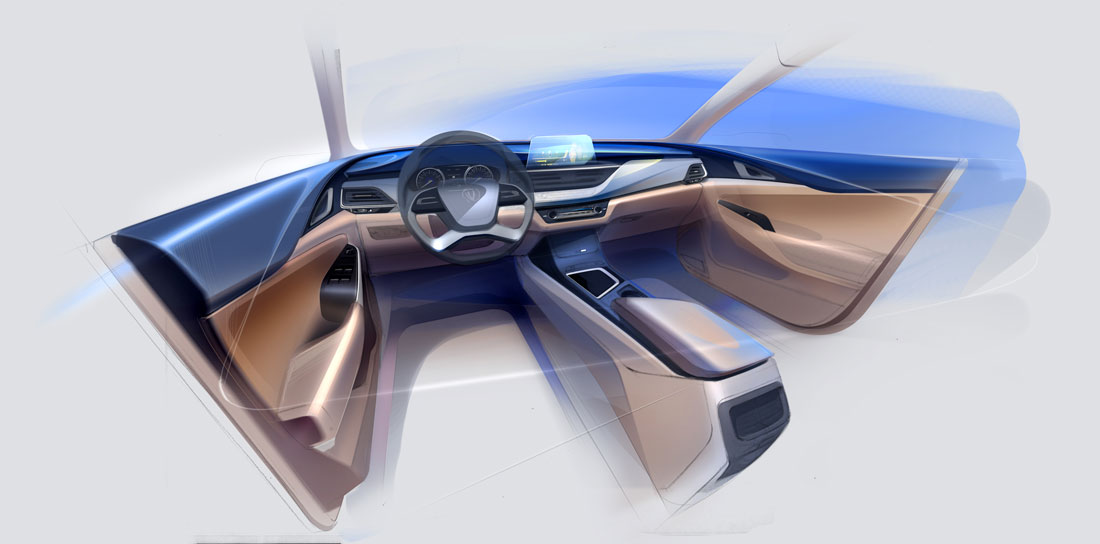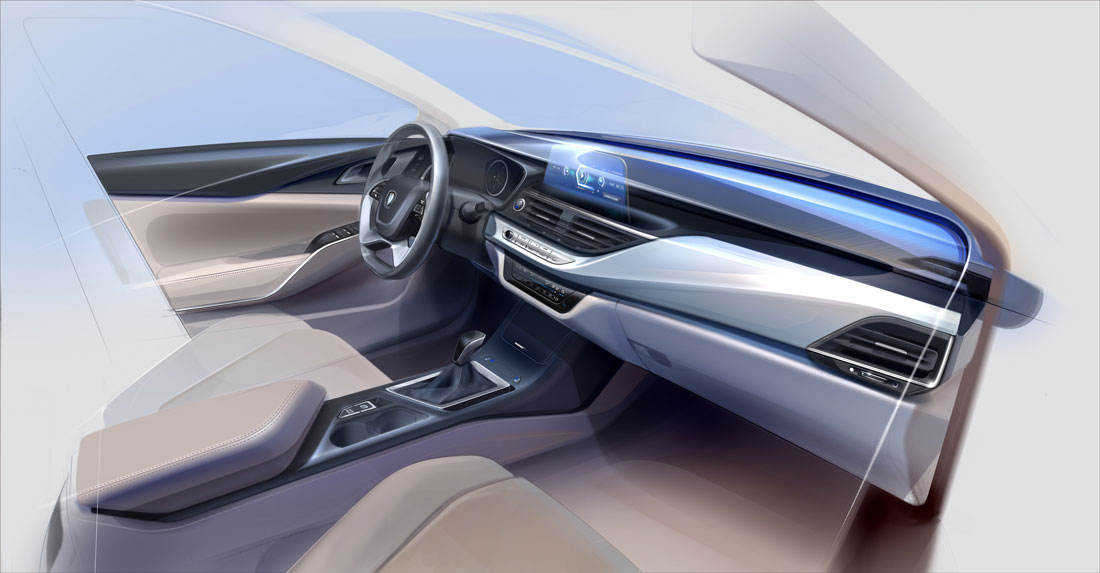If it were possible for the naked eye to capture the moment a flower blooms, or the fraction of a second when a new shoot breaks through the surface of the soil, you would be carried away by the energy the life force is able to release.
For Chen Zheng, Global Design Director Changan Automotive, this unstoppable force is expressed in the concept of “Vitality Motion”, the styling philosophy behind the brand’s new generation of cars.
“The aesthetic features of every form of life are fairly easy to replicate. However, it is very difficult to capture intrinsic dynamism at the time of flowering and birth”, explains Chen Zheng. “The philosophy of Vitality Motion aims to assimilate that fundamental moment of transformation – with all its expressive and emotional power – in order to transfer its energy through a creative language rooted in the equilibrium of the aesthetic canons of Chinese culture”, he continues.
The Raeton CC three-box saloon is the first example of how these principles can be applied to real-world design. A sort of manifesto introducing a new family of cars based on the new P3 platform, entirely developed by Changan engineering in cooperation with design, whose flexibility paves the way to the development of a wide range of new models.
“We are convinced that in future design will play an increasingly significant role and this is why we have embarked on a process of brand image renewal. The Turin style centre, “Changan Europe”, will play a leading part in this as it will in the field of advanced design and user experience design, which is now fundamental in the approach to design, especially as regards interiors”, adds Chen Zheng.
The constant pursuit of balance between dynamism and elegance, expressed by the contrast between open and sinuous shapes and sculpted and taut surfaces, defines the stylistic features of the Raeton CC which presents a feisty front, sculpted, captivating lines and refined details. The latter include the chrome contour of the grille, whose open lines low down merge with the bumper surfaces before reappearing to mark the design of the foglights.
The silhouette, on the other hand, exploits an important Chinese aesthetic principle whereby in order to give greater emphasis to a specific styling cue lots of space has to be left free around it. A sort of hymn to the formal purity that avoids an over-abundance of lines. The side surfaces are therefore modelled – also taking into account the light-drawn reflexions – around a very simple main volume that highlights the two strong points on the side: the belt line and the rocker panel at the base.
In the definition of interiors too, the connection with the idea of vital motion is strong and perceptible, as is the stylistic coherence with the interior of the Changan Ji Liu concept car presented in April, which introduced the concept of the horizontal expansion of proportions.
From inside the car, the passenger enjoys a good perception of space, combined with a sense of the design language continuing to the outside. The details, colours and materials, combined with the focus on finish, make the interior friendly and refined. The Colour & Trim team made a substantial contribution to defining the interior through an in-depth study of user type and habits; here, from the sociological point of view, we see the emergence of a new, increasingly flexible generation of consumers attracted by innovations and technology.
The presence of “Xiao’ An”, the advanced driver assistance system that guarantees voice control of all functions with 98% reliability of the commands issued, is the “icing on the cake” that bears witness to this trend.
Full article on Auto&Design no. 227

